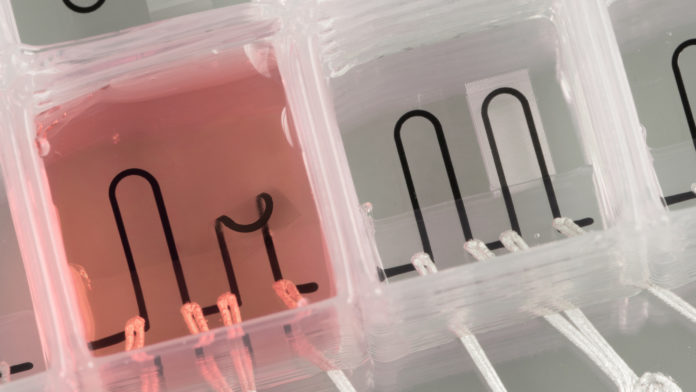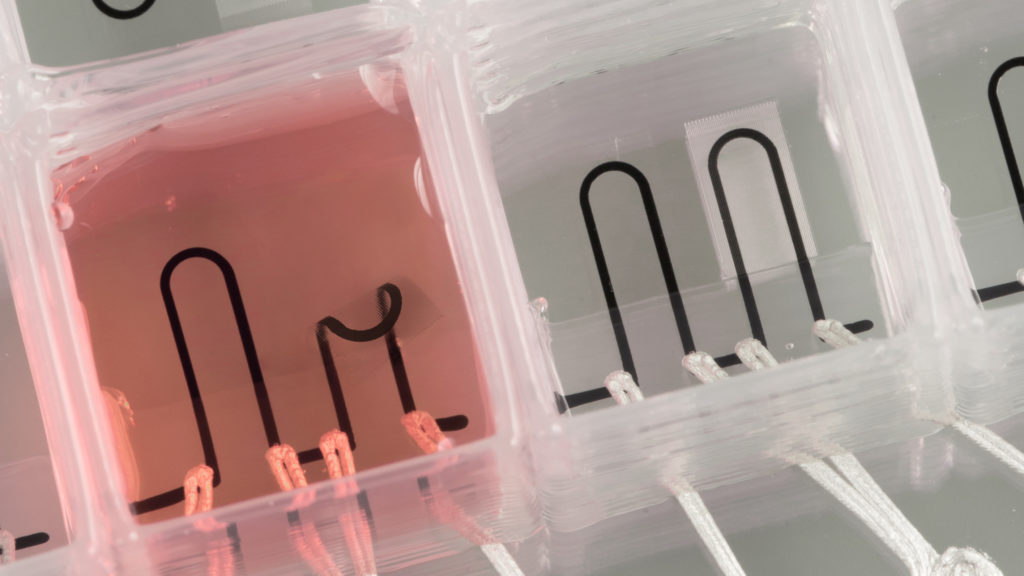
Researchers from Carnegie Mellon University (CMU) and Nanyang Technological University, Singapore (NTU Singapore) have worked together to build up an organ-on-an-electronic-chip stage, which utilizes bioelectrical sensors to check the electrophysiology of the heart cells in three measurements.
This 3D, self-moving biosensor clusters move up over heart cell spheroid tissues to make an “organ-on-e-chip,” in this manner allowing the analysts to examine how cells interface with one another in multicellular frameworks, for example, the heart.
The organ-on-e-chip approach will help create and assess the adequacy of medications for illness treatment and maybe notwithstanding empowering scientists to screen for medications and poisons straightforwardly on a human-like tissue, instead of testing on creature tissue.

The program will likewise be utilized to illuminate the connection between the heart’s electrical sign and malady, for example, arrhythmias. The examination, distributed in the magazine Science Advances, enables the analysts to analyze habits in refined cells that right now are not accessible, for example, tissue development and cell development.
The “organ-on-e-chip” stage begins as a little, level square shape, much the same as a microscale slap wrist trinket. A slap arm ornament begins as an inflexible, ruler-like structure, yet when you discharge the strain it rapidly curls up to band around the wrist.
The organ-on-e-chip begins correspondingly. The scientists stick a variety of sensors made of either metallic terminals or graphene sensors to the chip’s surface, at that point engraving off a base layer of germanium, which is known as the “conciliatory layer.” Once this conciliatory layer is wiped out, the biosensor exhibit is liberated from its hold and moves up from the surface in a barrel-formed structure.
The specialists tested the stage on cardiovascular spheroids or prolonged organoids made of heart cells. These 3D heart spheroids are roughly the expansiveness of 2-3 human hairs. Rolling the stage over the spheroid enables the analysts to gather electrical sign readings with high exactness.
It is an earth-shattering disclosure for restorative science.






